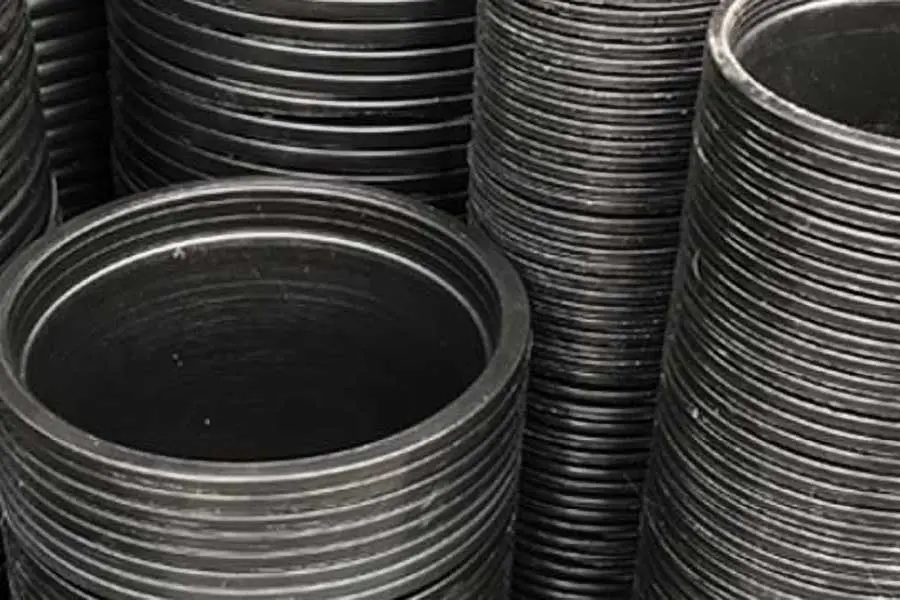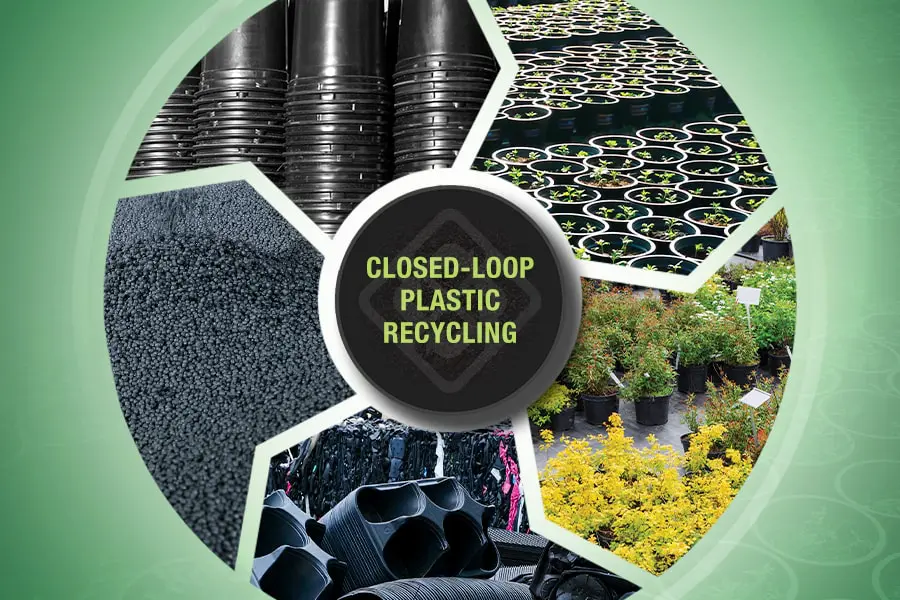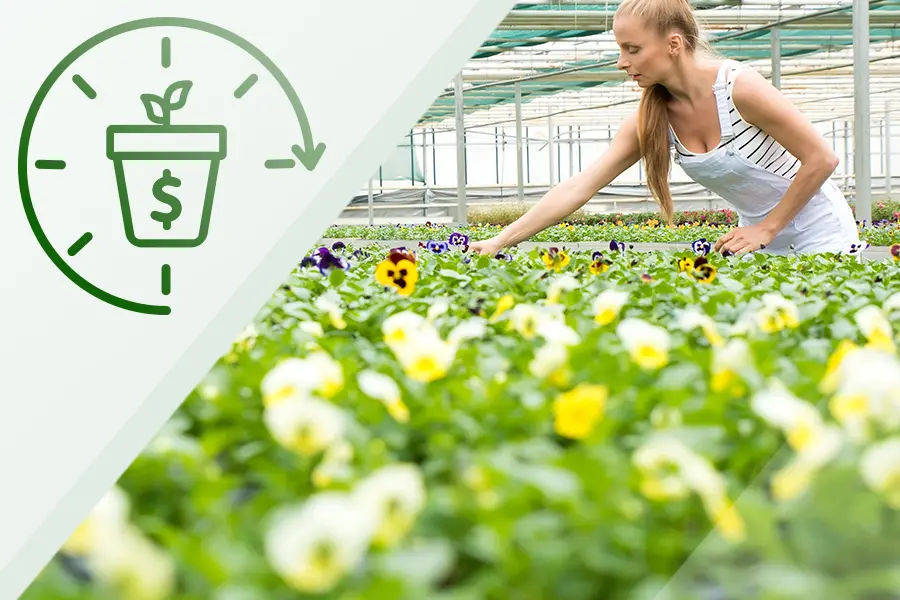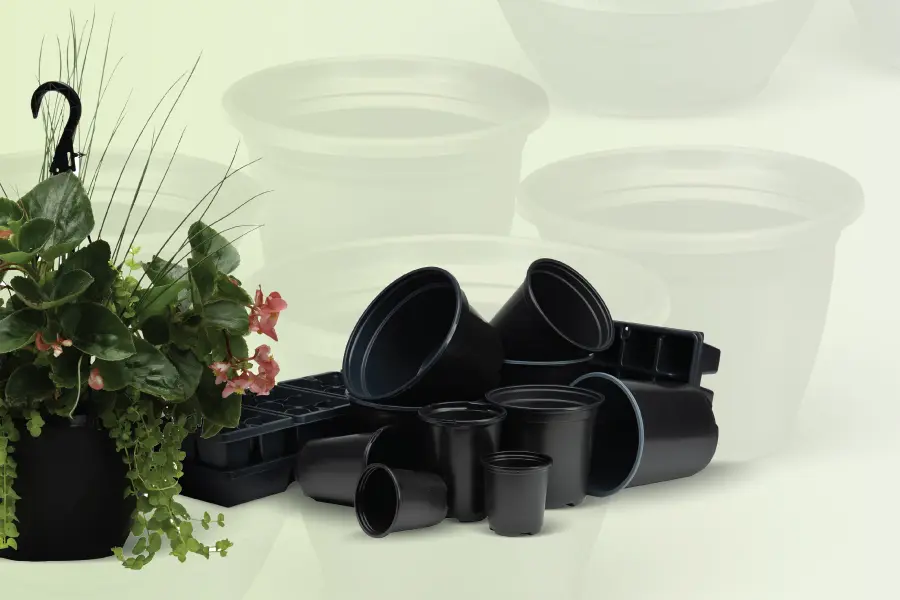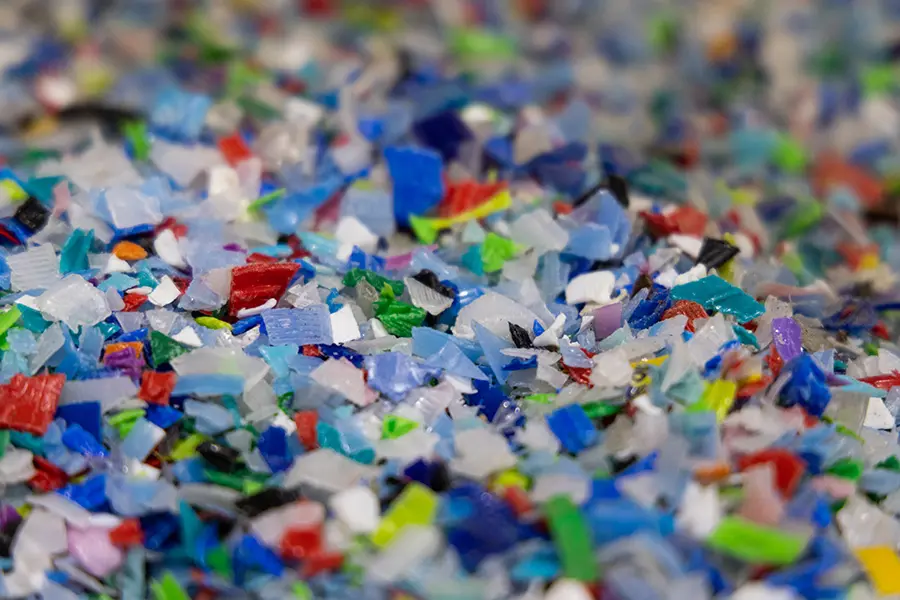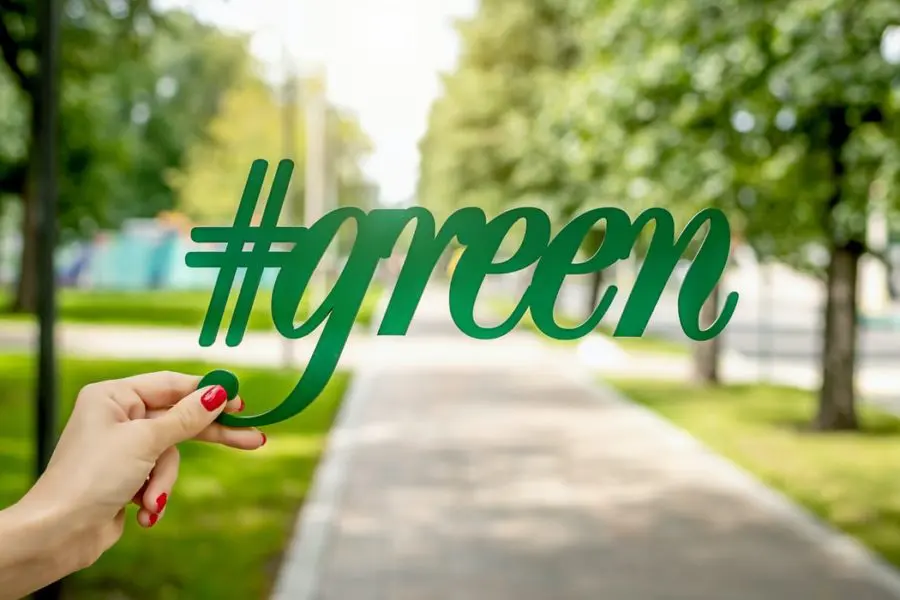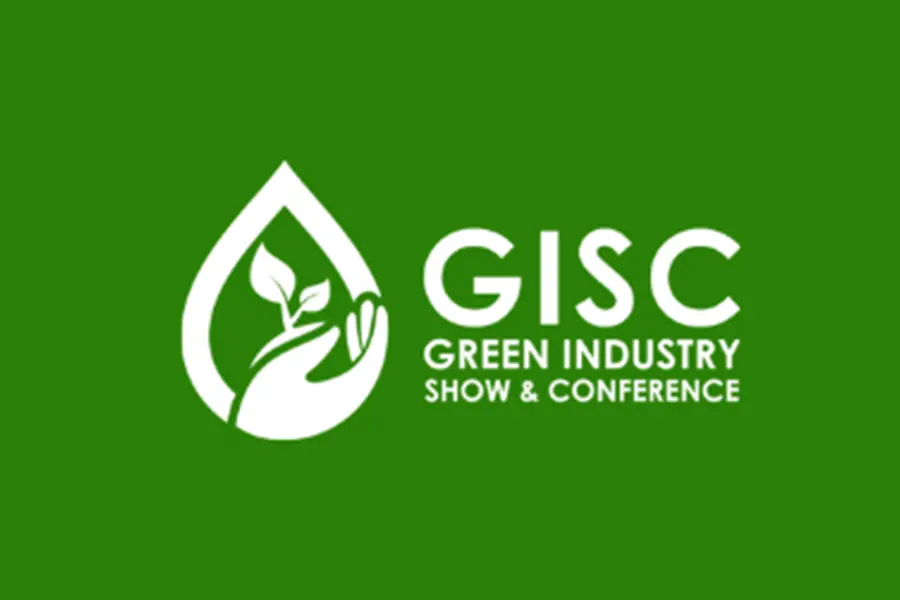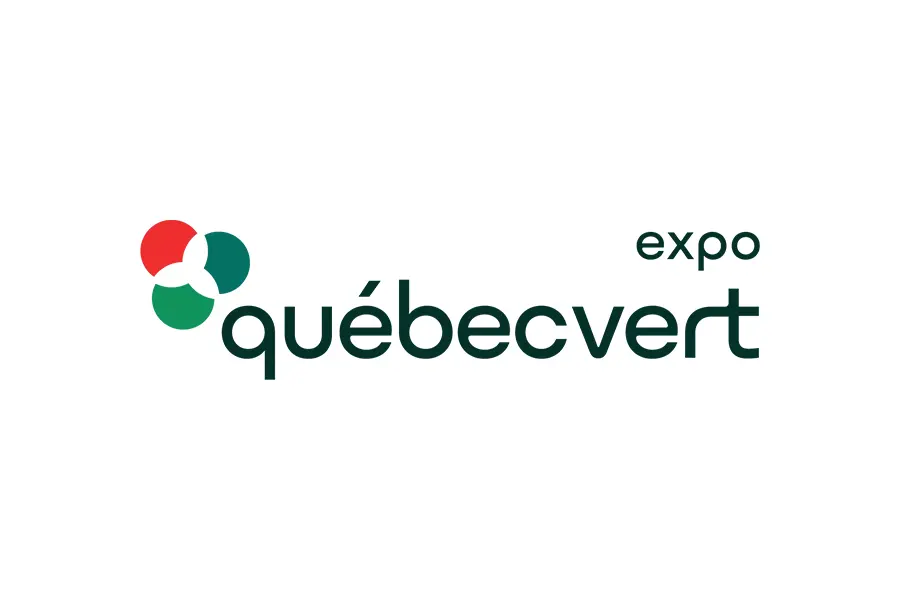At East Jordan Plastics, we’re committed to recycling the horticultural containers. To make sure they avoid landfills and are returned directly to our manufacturing stream, we’ve made it easy for growers to participate in our recycling process. Before returning used horticultural containers to us for recycling, our grower partners can follow a few best practices for “sorting right” to help ensure our process makes a lasting impact on our industry.
Just sort, stack and go!
Getting involved in our zero-waste, closed-loop recycling process is easy. Just follow these simple steps for getting containers back to our recycling facility.
- Sort Material by Type
Good news! Containers don’t need to be cleaned to be returned to us. However, we do ask that you separate them by material type. The type of material is indicated by the number inside of the recycling arrows on the product. In an earlier blog, we discussed the types of materials EJP accepts for recycling and why. To recap, EJP accepts these three materials:
- #6, also known as Polystyrene (PS)
- #5, also known as Polypropylene (PP)
- #2, also known as High-Density Polyethylene (HDPE)
- Stack on Pallets or Bale
Once you’ve separated the materials by type, we ask that you palletize or bale it for easy transportation. We recommend:
- Nesting like-containers together and strapping or wrapping
- Ensuring each pallet or bale only contains one type of material
- Monitoring the size of the pallet. Single pallets should not be taller than 90” – 100”. Double pallets should not be taller than 48”.
- Go! (Arrange for Return)
We work with growers to determine the best way to get products to our recycling facilities.
We can either pick up recyclables when we deliver finished products or you can deliver the containers to our South Haven recycling facility.
Truckload quantities are ideal for both pick up and delivery but if you have less than a truckload, just let us know. We’ll work something out.
That’s it! It’s recycling made easy. It’s so easy, you might be wondering if there’s a limit to how many containers you can bring. Rest assured, our 130,000-square-foot facility in South Haven has the capacity to recycle more than 15 million pounds of used horticultural containers annually, and we’re positioned to handle increased volume as this program grows.
To stay informed on East Jordan Plastics’ recycling process, catch up on our latest blogs!
